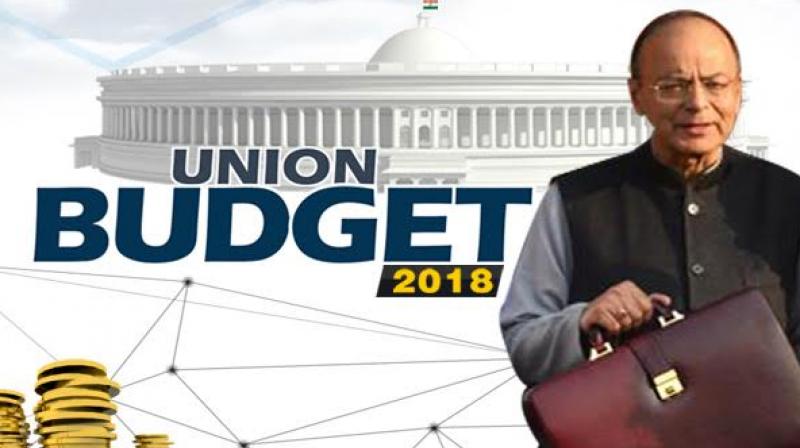Union Budget 2018: Half-hearted reform

The two major concerns of Indian education is quality and access. While on access side budget seems to have done a good headway, on quality side it largely remains half-hearted. In the context of Indian “demographic dividend” our ability to bridge the service gap in education is a bigger challenge. Various reports are making it abundantly clear that getting enrolled in schools and colleges does not necessarily mean students are learning. We are a teaching-centric institutions and the need is to transform it into a learning-centric one.
Good news is that the Budget has not proposed opening of new IIMs and IITs rather it focused on infrastructure improvements and setting up of 24 new medical colleges and hospitals by upgrading the existing district hospitals. This is a praiseworthy move as medical facility and education need to move side by side and it will help bridge the supply gap. The Ekalavya model residential school in every block with more than 50 per cent ST population by 2022 is a move towards inclusive education and essentially would address the access-gap. But, the access-gap is not the only problem of school education in India. They have a three-fold problem: Access to schooling (bringing children to schools); Drop-outs (keeping children in school); and Learning gaps (making children learn in school).
This three-fold problem of schooling is not just an infrastructure gap, but a huge service delivery gap as well, which is a systemic and governance problem. The gross enrollment ratio in the 11-13 age group is lower than 6-10 age group, indicating drop outs. The teacher-classroom ratio, currently 74 per cent, is declining while the number of schools, colleges, and universities has increased several-fold. A major cause of concern is that the percentage of children in Class V able to read a standard 2 level text has declined from 54 per cent in 2010 to 47 per cent in 2013. The percentage of children able to solve simple 2-digit subtraction problems fell from 39 in 2009 to 26 in 2013. Children’s attendance in Class I to V declined marginally from 73 per cent in 2010 to 71 per cent in 2013 in rural primary schools.
A far bigger allocation was expected for improving the quality of teaching-learning in the existing institutions.
A survey on learning outcome would surely give a database to work on, but it would not change the scenario instantaneously. Teach-ers training and induction would continue to cry for funds as budget focuses heavily (as high as '1 trillion over four years) on school infrastructure revitalisation.
Budget recognises the need for holistic education, however, unfortunately carried nothing towards it. It would have done far better if some provision would have been made for a mentoring system wherein private and public institutions could work together towards quality improvement. Yet another missing link of this Budget is no thought on harmonising education, skills, and citizenship through classroom as well as outside the classroom programmes. These three are seemingly working in a watertight compartment and a mere launching of integrated B.Ed. program is not likely to address the issue of much needed integration. There is a strong need for life-skill building programs and provision of 'life-skill coach' in schools and colleges. The budgetary thoughts and provisions are found nowhere near it. Notwithstanding PM's research fellow to identify 1000 best B.Tech students would be a good incentive, yet the budget seems to be falling short of expectation and remains half-hearted on educational quality improvement.
Dr Prabhat Pankaj, Director, Jaipuria Institute of Management, Jaipur
prabhat.pankaj@jaipuria.ac.in

